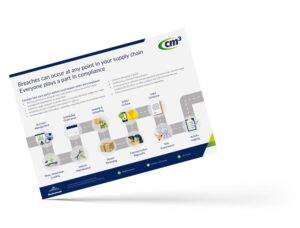Fatigue management is a critical component of safety in the Transportation & Logistics industry. It has been found that driving while sleepy carries a similar level of danger to speeding or driving under the influence of alcohol. When a driver is tired or fatigued, they have an increased chance of making mistakes, reacting slowly to external stimuli, and experiencing impaired judgment in a given scenario.
For this reason, Fatigue Management is one of the key focus areas of Chain of Responsibility laws that place legal obligations on parties in the transport supply chain.
Why is it dangerous to drive while tired?
Fatigue affects many of the core skills that drivers use:
- The ability to react quickly
- Attention span
- Speed regulation
- Ability to assess situations for hazards and risk
- Precision for remaining within the lane
Who is most at risk of driver fatigue?
Every driver is at risk while fatigued, regardless of their experience and skill. Disrupted sleep patterns are a significant contributor to fatigue, making shift workers of particular concern. Additionally, younger people are more likely to have more frequent late nights and drive at irregular times.

Download Cm3’s Chain of Responsibility Guide
Cm3 has developed a simple guide to understanding yours risks and obligations under Chain of Responsibility laws.
Fill in your details below to receive your link to download the free guide direct to your inbox.
By submitting this form, you are consenting to receive occasional email communications from Cm3. Read Cm3’s privacy policy and collection statement for more information.
